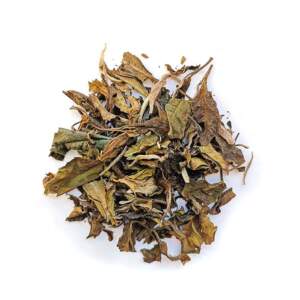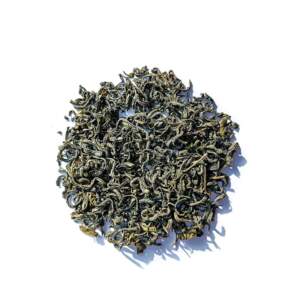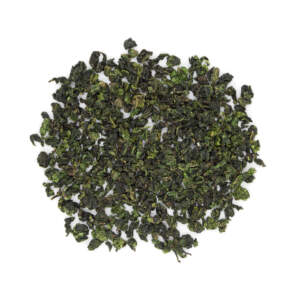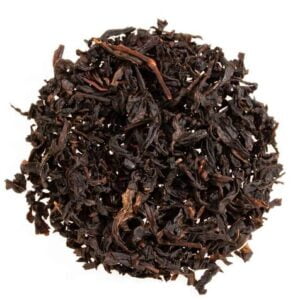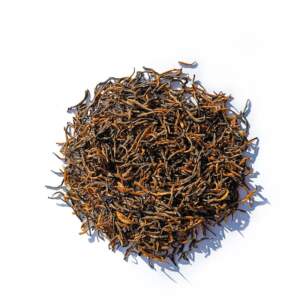Kratom
Kratom – a healing plant or a source of addiction?
Kratom – Mitragyna speciosa – is a plant of the Mitragyna species from the coffee tree family, originally from the southeastern part of Asia, namely from Indonesia. In the natural environment, it can be found on the islands of Kalimantan and Sumatra, and the Mitragyna tree is cultivated in Vietnam. The second name of kratom is Indonesian tea.
Kratom or Kraton?
Kraton is another name that is erroneously referred to as this product.
Perhaps this is due to the similarity with the house plant “Croton”, which is otherwise called the “cloak of Joseph.” However, apart from similar climatic conditions in which they grow and similarities in name, these two plants are completely different, since croton belongs to the Euphorbiaceae family and is not used for ingestion.
Since ancient times, kratom has been a natural stimulant, which is also famous for its analgesic and sedative effects. The plant, which was used by shamans to cure many diseases, is now available to ordinary people.
Composition and effect on the body
The active ingredient in kratom is mitragynine. It acts on the human body as a natural antidepressant, akin to yohimbine. And also it is mitragynine that is responsible for the energizing and stimulating effect, including the improvement of potency and sexual arousal. Other alkaloids relieve dependence on alcohol and opiates. They have a positive effect on immunity, especially in the context of the Covid-19 pandemic, when it is vital to take care of your health.
In summary, kratom acts like:
- painkiller
- Energy
- sedative
- sexual stimulant
And also in short:
- relieves withdrawal symptoms
- reduces cravings for opiates and drugs
- increases concentration
- increases physical endurance
- increases immunity
- improves mood
- levels out the emotional background
What kind of kratom happens. Release Forms
To use the healing properties of kratom, the leaves of the Mitragyna speciosa tree are dried and ground. Further, ground kratom can be consumed as matcha tea by adding lemon or grapefruit juice to the cocktail. For lovers of nutritional supplements, there are such release forms as capsules and tablets.
Mechanism of action
The Recommended dose of kratom is 2-8 grams. After consumption, the effect occurs after 10-20 minutes and lasts up to several hours, depending on the metabolic rate of the body.
Side effects of kratom
Exceeding the dosage of 10 grams, as well as an overdose of painkillers and sedatives, can lead to side effects: nausea, dizziness, vomiting, heart rhythm disturbances, tremors. Habituation will not follow, in case of irregular use and if you stick to a dose of up to 5 grams at a time.
Before using kratom, you should carefully familiarize yourself with its characteristics, potential side effects, and interactions with other medications or medical conditions. It is highly recommended to consult with a qualified medical professional before starting to use kratom, especially if you have chronic diseases or are taking other medications.
Remember that abuse or improper use of kratom can lead to serious health problems, including addiction and other negative consequences. This is particularly important for younger individuals, as the impact of kratom on a developing body can be unpredictable.
Kratom is not just a supplement; it is a potent substance that requires a careful and responsible approach to its use.

